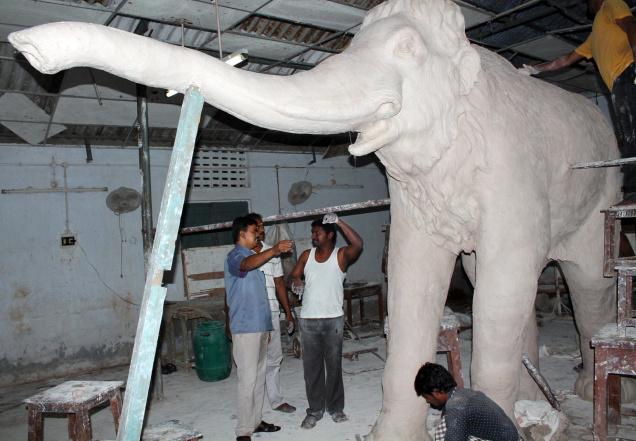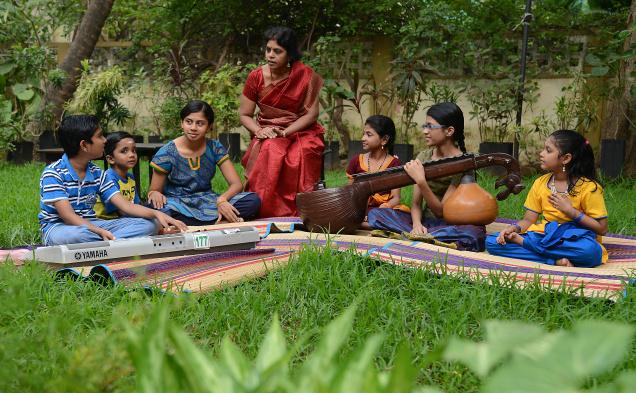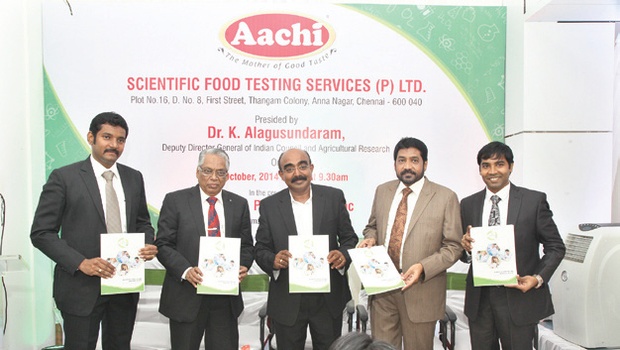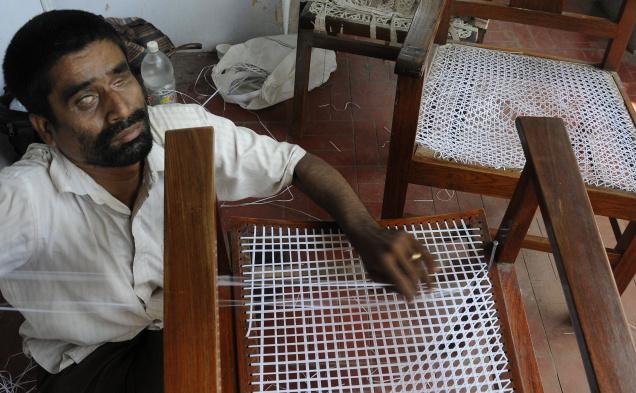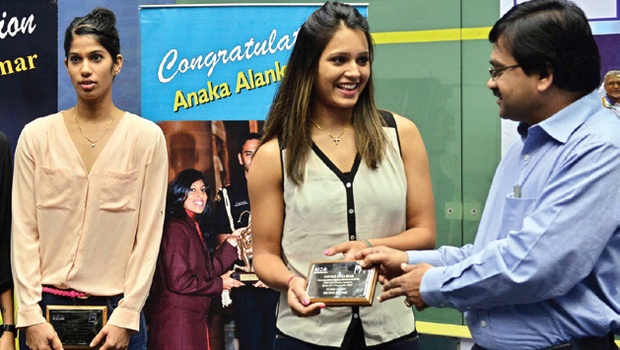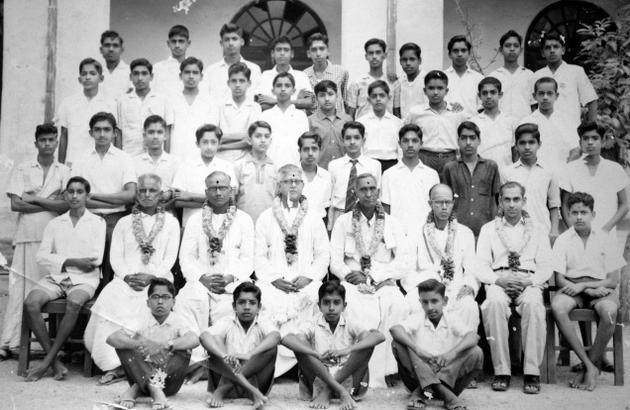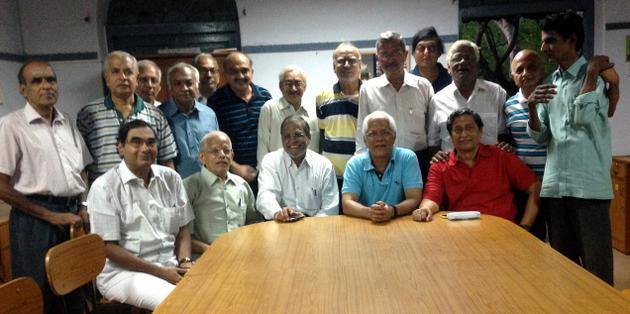He was one of the finest authorities on the Dravidian Movement
M.S.S. Pandian, an eminent social scientist who wrote extensively on the Dravidian Movement, south Indian politics, cinema, caste, identity and several other socially relevant issues, passed away after a sudden heart attack here on Monday.
Prof. Pandian, 53, was moved from his residence at the Jawaharlal Nehru University to the All India Institute of Medical Sciences where he was declared dead. He is survived by wife and daughter.
He was serving in the School of Social Sciences’ Centre for Historical Studies and his sudden death has put the entire department in shock.
“He was a very good guide and although I was not his direct student, he helped me a lot whenever I asked him to,” said Ambedkar, a student at the SSS.
Academics from other universities who admired his work also mourned his loss. “He was one of the finest authorities on the Dravidian Movement and his book on it was considered radical when it was first published. His writings on the history of contemporary South Indian politics, caste and identity, also gave a boost to Subaltern Studies, which mostly had North Indian and Bengal subjects,” said Prabhu Mohapatra, who is an Associate Professor in Delhi University’s History Department and also one of Prof. Pandian’s oldest friends.
He added that Prof. Pandian’s book, “The Image Trap – M G Ramachandran in Films and Politics,” on the Tamilian superstar and his tryst with politics is also considered one of leading authorities on this subject.
Prof. Pandian was earlier an Associate Professor in the Madras Institute of Development Studies, Chennai.
His publications in the best reputed academic publications were many and his research interests were Nationalism, Caste, Tamil cinema and Popular Culture, among others. He completed his Ph.D in Madras University in 1987.
Prof. Pandian has been writing for national newspapers and the ‘Economic and Political Weekly’ for several years and known for his incisive articles on Tamil Nadu and Dravidian politics in particular.
source: http://www.thehindu.com / The Hindu / Home> News> National / by S.N. Vijetha / New Delhi – November 11th, 2014
